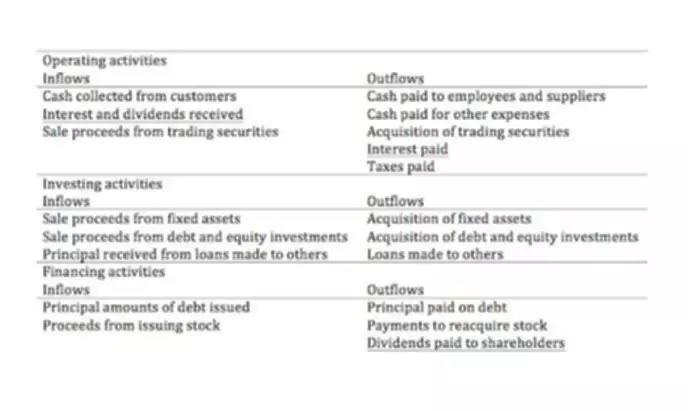Bookkeeping
Times Interest Earned Ratio Meaning, Formula, Calculate
Content

The times interest earned ratio looks specifically at the interest charges of long-term debt. The times interest earned ratio, also known as the interest coverage ratio, measures how easily a company can pay its debts with its current income. To calculate this ratio, you divide income by the total interest payable on bonds or other forms of debt. After performing this calculation, you’ll see a number which ranks the company’s ability to cover interest fees with pre-tax earnings. Generally, the higher the TIE, the more cash the company will have left over. The times interest earned definition is an equation used to determine whether a company can cover its debt obligations with its current income. The times interest earned ratio, or TIE, can also be called the interest coverage ratio.
- However, smaller companies and startups which do not have consistent earnings will have a variable ratio over time.
- EBIT – The profits that the business has got before paying taxes and interest.
- According to the annual report, the company’s net income during the period was $10.52 billion.
- A single point ratio may not be an excellent measure as it may include one-time revenue or earnings.
- Like any metric, the TIE ratio should be looked at alongside other financial indicators and margins.
https://www.bookstime.com/ is a financial ratio that signals the company’s ability to pay off its debt. The EBIT figure noted in the numerator of the formula is an accounting calculation that does not necessarily relate to the amount of cash generated. Thus, the ratio could be excellent, but a business may not actually have any cash with which to pay its interest charges. The reverse situation can also be true, where the ratio is quite low, even though a borrower actually has significant positive cash flows. Here’s everything you need to know, including how to calculate the times interest earned ratio.
Resources created by teachers for teachers
A company’s financial health is calculated using several different metrics. One is the Times Interest Earned ratio, also called the Interest Coverage Ratio. The times interest earned ratio is also referred to as the interest coverage ratio. Businesses with a TIE ratio of less than two may indicate to investors and lenders a higher probability of defaulting on a future loan, while a TIE ratio of less than 1 indicates serious financial trouble. For example, if you have any current outstanding debt, you’re paying interest on that debt each month. Also called the interest coverage ratio, it’s the ratio of EBITDA to the company’s interest expense. In other words, the company’s not overextending itself, but it might not be living up to its growth potential.

Times interest earned ratio measures a company’s ability to continue to service its debt. It is an indicator to tell if a company is running into financial trouble. A high ratio means that a company is able to meet its interest obligations because earnings are significantly greater than annual interest obligations.
What Is the Times Interest Earned Ratio?
Conceptually identical to the interest coverage ratio, the TIE ratio formula consists of dividing the company’s EBIT by the total interest expense on all debt securities. The times interest earned ratio compares the operating income of a company relative to the amount of interest expense due on its debt obligations. The Times Interest Earned Ratio measures a company’s ability to service its interest expense obligations based on its current operating income. Usually, a higher times interest earned ratio is considered to be a good thing. But if the balance is too high, it could also mean that the company is hoarding all the earnings without putting them back into the company’s operations.
What is good time interest earned ratio?
From an investor or creditor's perspective, an organization that has a times interest earned ratio greater than 2.5 is considered an acceptable risk. Companies that have a times interest earned ratio of less than 2.5 are considered a much higher risk for bankruptcy or default.
The times interest earned ratio looks at a company’s ability to make its interest payments in relation to its interest expenses. As a result, the two ratios provide different insights into a company’s financial health. For this reason, it is generally advisable to use both ratios when assessing a company’s ability to pay its debts. The Times Interest Earned ratio measures a company’s ability to meet its debt obligations on a periodic basis. This ratio can be calculated by dividing a company’s EBIT by its periodic interest expense.
Analysis
Other solvency ratios include the debt-to-assets ratio, the equity ratio, and the debt-to-equity (D/E) ratio. Solvency ratios are similar to liquidity ratios in that they both examine the financial stability of a company, but liquidity ratios look at short-term debt while solvency ratios look at long-term debt.
A business could use the ratio to ensure it is not risking solvency by taking on additional debt. In this respect, Joe’s Excellent Computer Repair doesn’t present excessive risk, and the bank will likely accept the loan application. The higher the number, the better the firm can pay its interest expense or debt service.
